Welcome to a quick guide on basic computer network components. You have probably already been using the Internet and connecting to wireless networks all over. Fuss-free, without any idea of what goes on behind the scenes.
Now when it comes to building a network for yourself, maybe for your own home or office – Just what are the basic network components, and what do they do? This guide will walk through some of the essential networking devices, read on!
1) MODEM
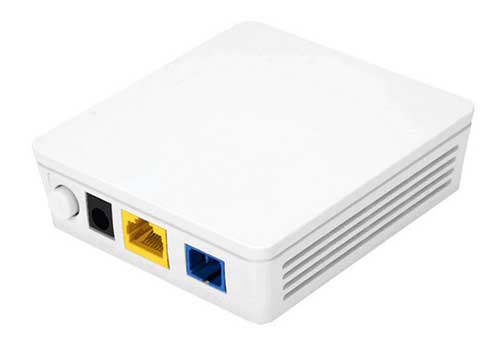
The modem is short for modulator-demodulator, and this is the device that connects you to the Internet. There are many types of modems in the market:
- Dial-up modem: Once up a time in the stone age of the Internet, we have to attach a phone line to this gadget and dial up to the Internet service provider (ISP) to access the Internet. Whenever someone else calls it, this connection will break and we get to curse at the caller… Good old days indeed.
- Cable modem: Smart monkeys soon realized that using the phone lines is not a great idea after all, and they moved to use the TV cables instead. It is a huge life savior without the Internet connection getting interrupted by calls, but technical limitations soon gave rise to the next generation of modems.
- Optical Network Terminal (ONT): With a world hungry for a faster Internet, cable modems that use electrical signals soon hit a technical limit. This gave rise to a new generation of modems that uses optics (light) to transmit data instead – Which, light is one of the fastest medium that humans know of.
- Wireless modem: As you might already know, the Internet is no longer “bound” to landlines. Smartphones and tablets these days already have a wireless modem built-in, but you can still buy a stand-alone wireless modem to share the Internet connection.
2) ROUTER
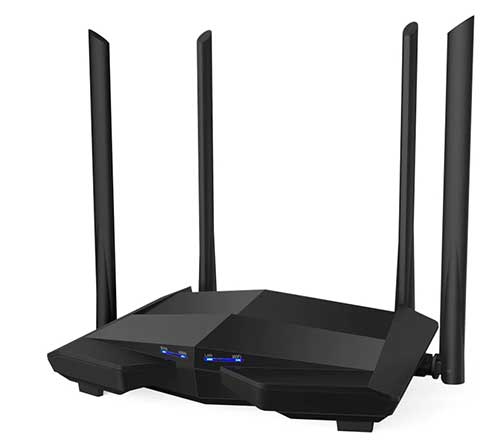
Please take note that a “pure modem” will only do the job of connecting to the Internet – How do we share the Internet connection then? This is where a router steps in to create your own private network, and this is where you connect all your devices to.
Traditionally, routers are only cabled. We had to pull a very long cable from the one room to another just to connect a computer to the Internet. Thanks to wireless technology, we no longer have to do that today.
P.S. A small note – Some modems may have a built-in wireless router as well, kind of like a 2-in-1.
3) REPEATER
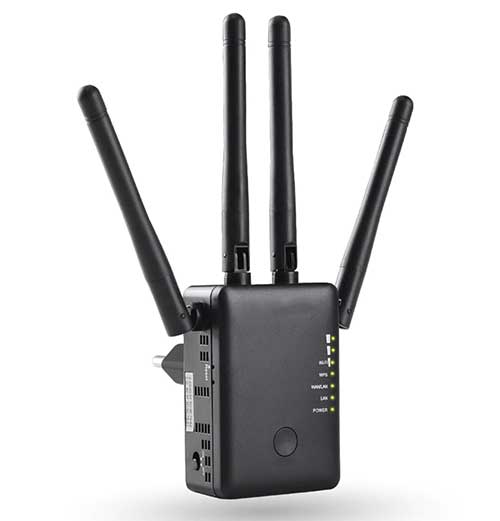
Not getting a good signal strength with your wireless router? Try one of these toys, otherwise also known as a wireless range extender or booster.
4) SWITCH
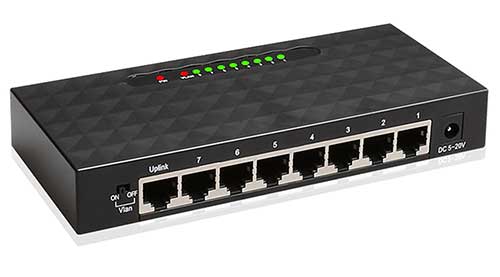
Network switches are “wired devices” that essentially serve the same function as a USB hub. You only have one port on your router but need more – This is where we use a network switch to “add” more ports to the router. For you guys who are wondering why switches are still necessary these days, there are many reasons.
- Wired connections are still a lot more reliable, and is there not a piece of cable connecting the router to the modem?
- In big organizations and buildings, the backbone of the network is still wired. E.g. There will be a riser cable that serves wireless routers on every floor.
- For security purposes – Anyone can tap on wireless networks since they are in the open air, but you will have to physically connect into a wired network.
5) HUB
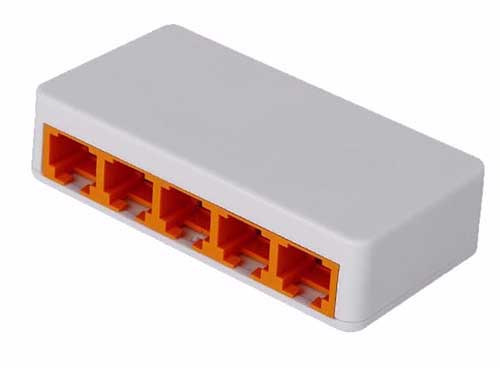
The ancestor of network switches. We will not go into the details of how hubs and switches are different, as hubs are already extinct. Just know that hubs once exist, and if you search for “network hub” these days, you will get network switches instead; Hubs and switches are literally referring to the same thing these days.
6) FIREWALL
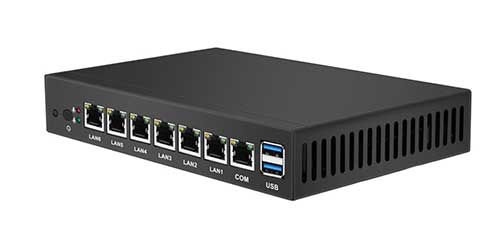
You have probably heard of a “firewall” from somewhere already – Windows Firewall and MacOS Firewall ring a bell? But not to be confused with the software firewall, this is an actual hardware firewall that protects your network by scanning all the incoming/outgoing traffic, and blocking all the shady deals.
Small note – Some routers may have a built-in firewall these days, maybe even modems.
7) SERVER
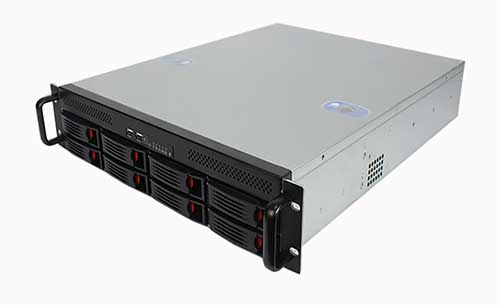
A server is a machine that offers services for the masses. For example, hosting a website, games, streaming videos, audio, and more. Actually, servers don’t have to be a big oversized beast. Any computer that provides some sort of service can be called a server. For example, if you share some files and allow friends to connect to your laptop, it becomes a file server.
8) CLIENTS
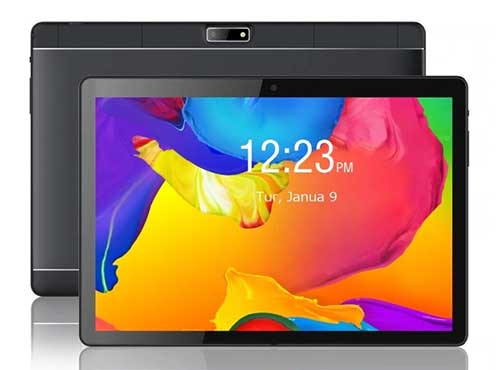
Any machine that connects and uses the server is a client PC. Following up with the above example, all your friends that connect and copy files from your laptop are client computers.
9) NETWORK INTERFACE CARD (NIC)
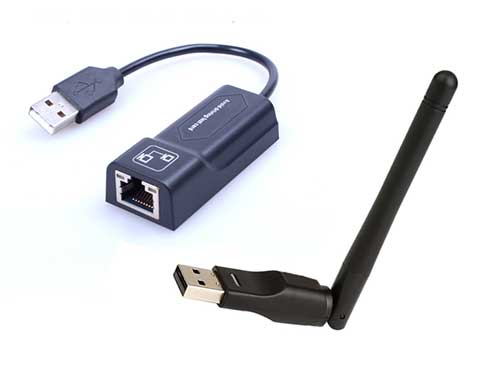
The NIC is the component that allows your device to connect to the network, comes in either wired or wireless. But these are pretty uncommon as “standalone devices” these days, as they are already integrated into devices – Smartphones, tablets, and laptops mostly already have a built-in wireless NIC.
10) CONNECTOR CABLES
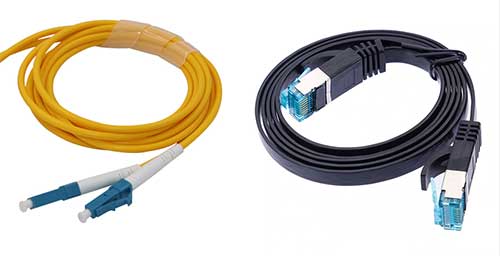
Aye, cables are not dead yet. When it comes to networking, it is either the electrical twisted pair cable or the optical fiber cable. The twisted pair is a tad bit more confusing, with standards set over the years:
- There are basically Cat 5, Cat 6, Cat 7, and Cat 8 cables. With the preceding being the older, slowest, to latter being newer, faster.
- The connector uses standard RJ45.
11) SHARED DEVICES
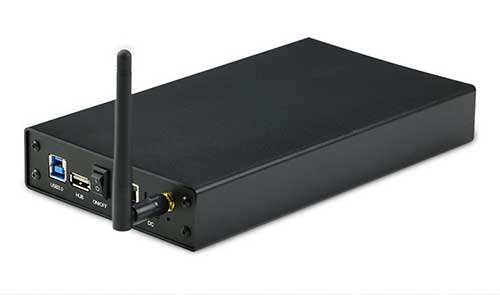
Finally, there are many devices that you can connect and share on your wireless network.
- Printers.
- Network Attach Storage (NAS) Drives
- Screencast devices (Chromecast, Anycast, Airplay, etc..)
EXAMPLE) A PRETTY BEEFED UP HOME NETWORK
So now that we have gone through all the confusing devices, where do we put them in a network? Here is a… rather simple network as an example.

- The wireless router is usually the “top-level device” as it is the heart of your private network. Even if the modem goes down, you will still maintain a private network… But lose the Internet connection.
- As previously stated, the modem is the one that connects to the Internet.
- A firewall is usually sandwiched between the modem and the router to provide maximum protection for your entire private network.
- The rest is actually pretty straightforward – Just connect all the devices to the router, either by wired or wireless.
- A wireless repeater (or range booster) can be added to reach places of your home/office that have weak signals.
LINKS & REFERENCES
- Computer network components – all-about-computer-parts.com
- Basic computer network components – Wikiversity
- Computer Network Components – TutorialsPoint
THE END

Thank you for reading, and we have come to the end of this guide. I hope that this has helped you to better understand computer networks, and if you have anything to share with this guide, please feel free to comment below. Good luck and happy computing. May the cyber force be with you.
